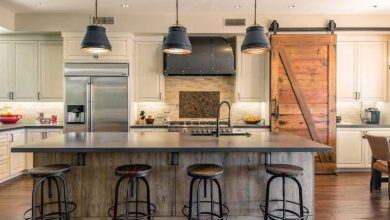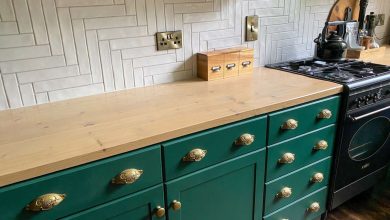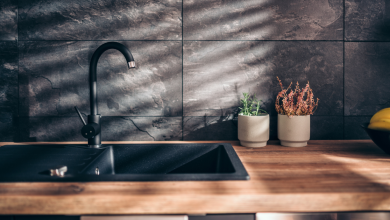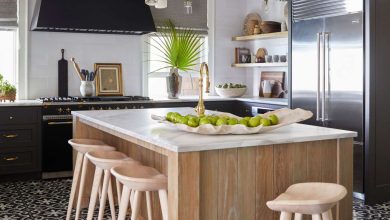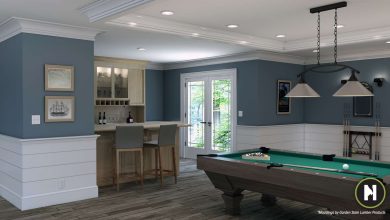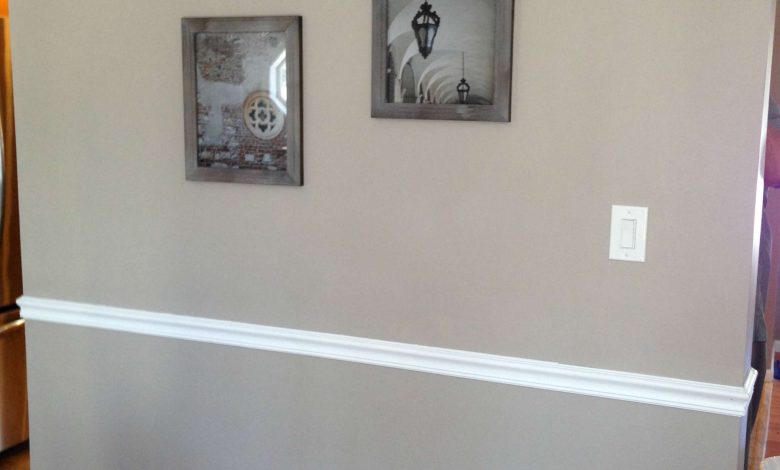
17 Popular Kitchen To Dining Room Pass-through Ideas 2024
Kitchen to Dining Room Pass-Through Ideas: Enhancing Functionality and Style
Gone are the days of isolated kitchens! Modern home design prioritizes open layouts that encourage interaction and connection. A kitchen pass-through can be the perfect solution, offering a delightful blend of functionality and style. It bridges the gap between your kitchen and dining room, fostering conversation while streamlining meal service.
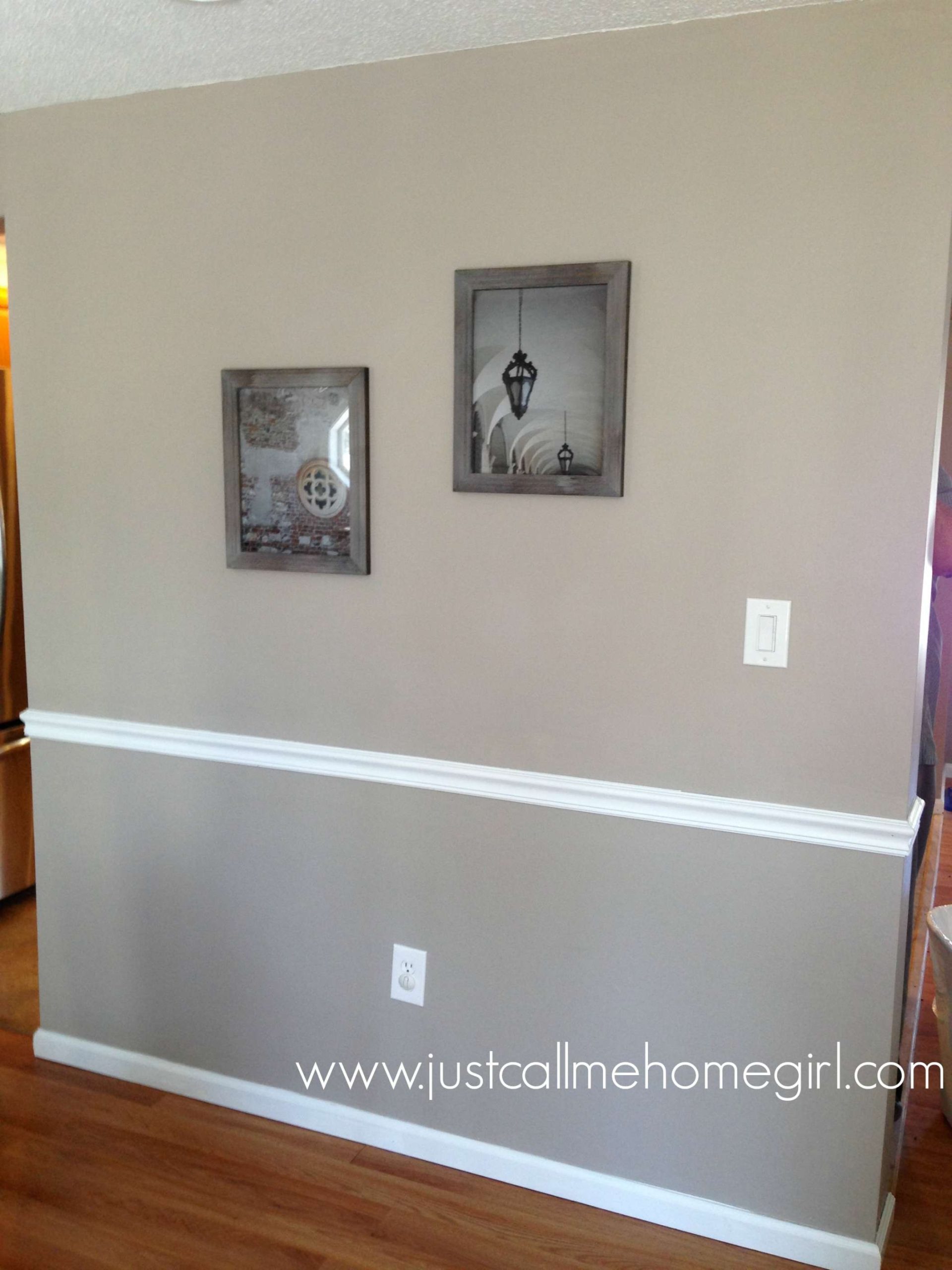
Improved Traffic Flow: A pass-through eliminates the need to navigate around walls, making it easier to transport dishes and food.

Classic Pass-Through Window: A timeless option, featuring a framed opening with or without a shelf. Dress it up with curtains or Roman shades.
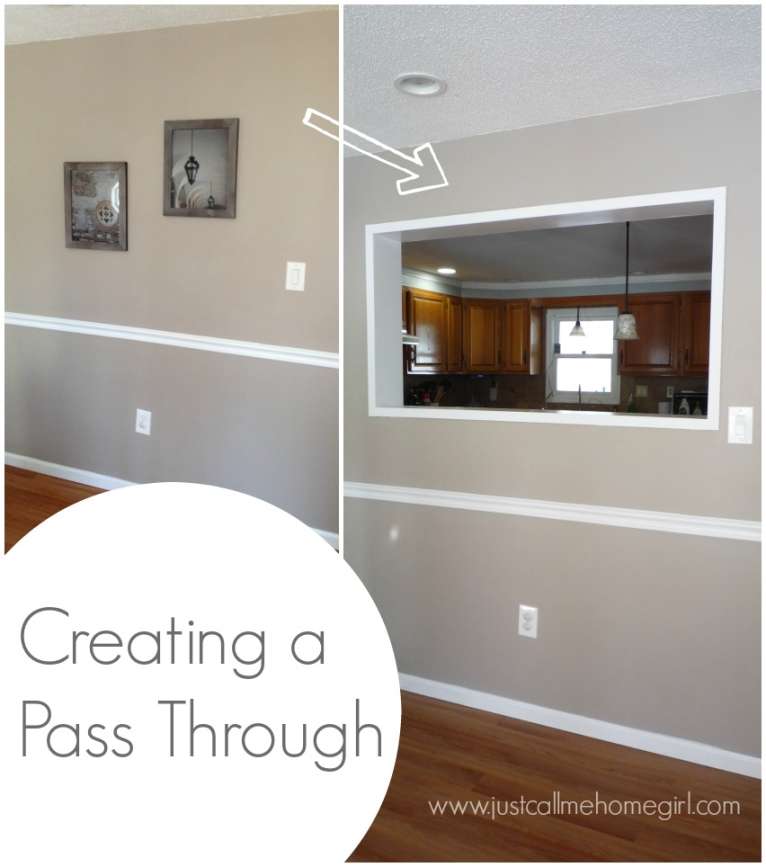
Consider these factors when planning your pass-through:
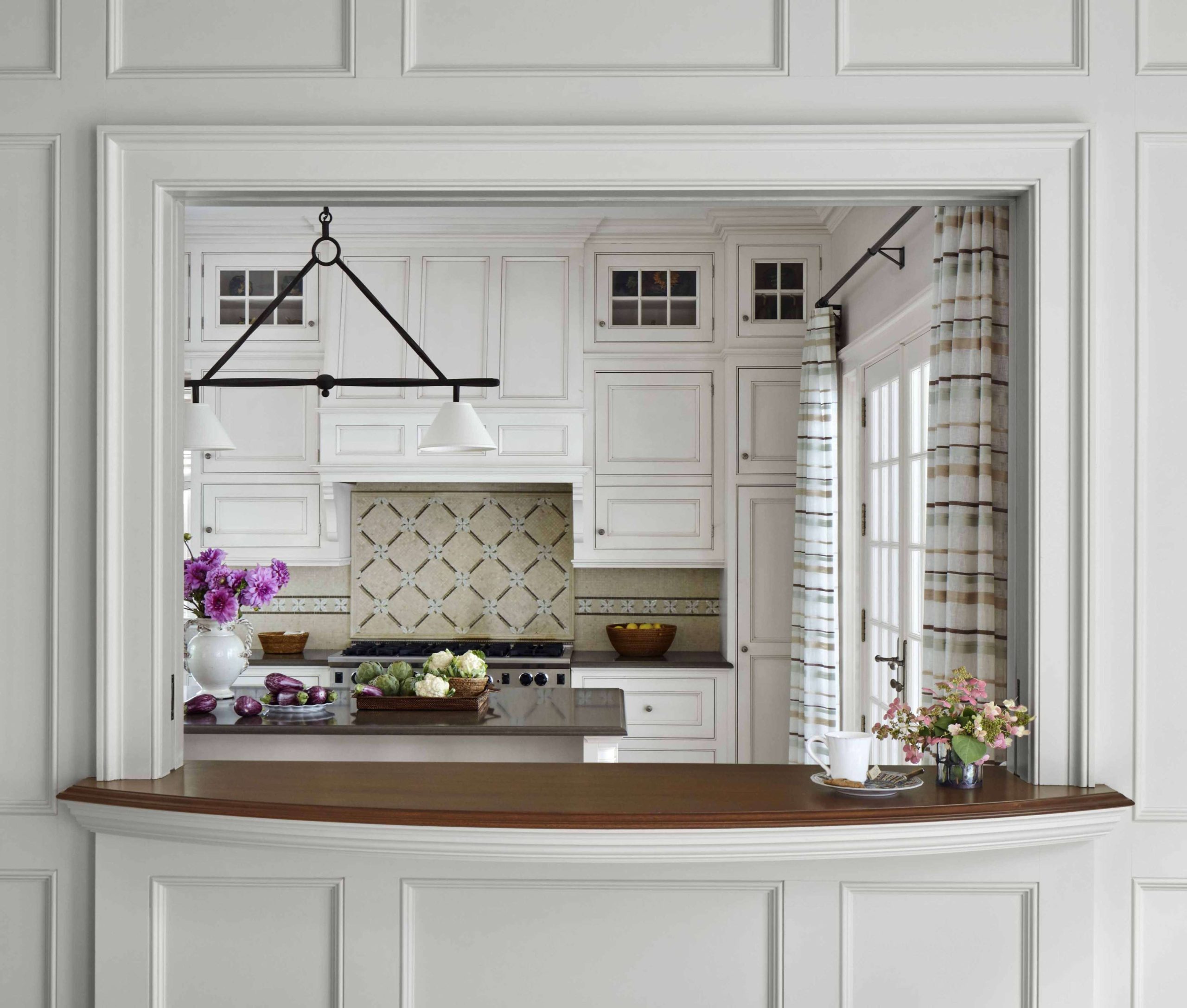
Available Space: Measure the wall you intend to modify and ensure the pass-through won’t obstruct traffic flow.
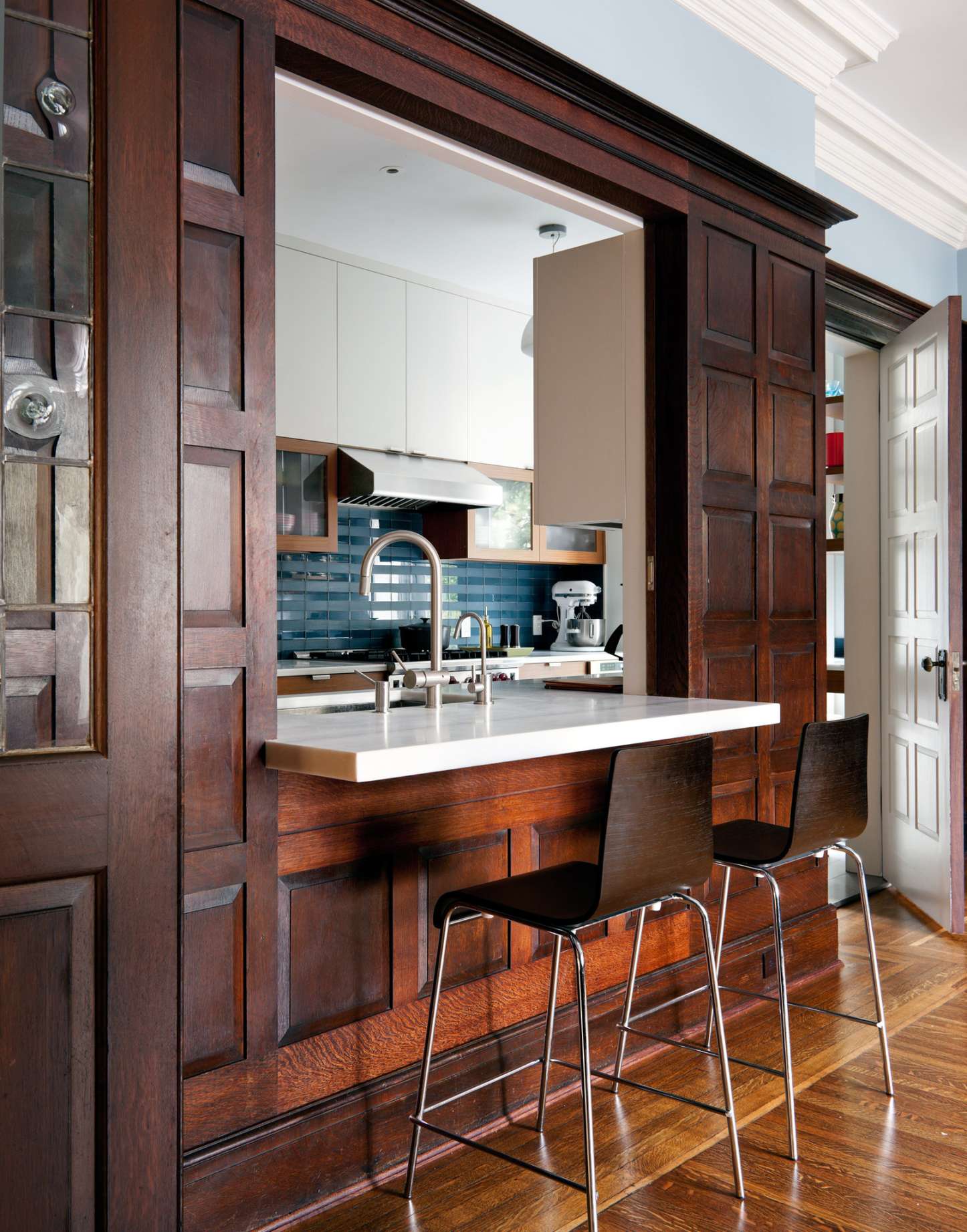
A kitchen to dining room pass-through is a strategic design element that enhances functionality and fosters a more connected living space. By incorporating one of these creative ideas, you can elevate your home’s style and create a welcoming environment for entertaining and everyday meals.

1. Is a permit required for a kitchen pass-through?
In some cases, modifying a load-bearing wall might require a permit. Consult a professional contractor to determine the specific regulations in your area.
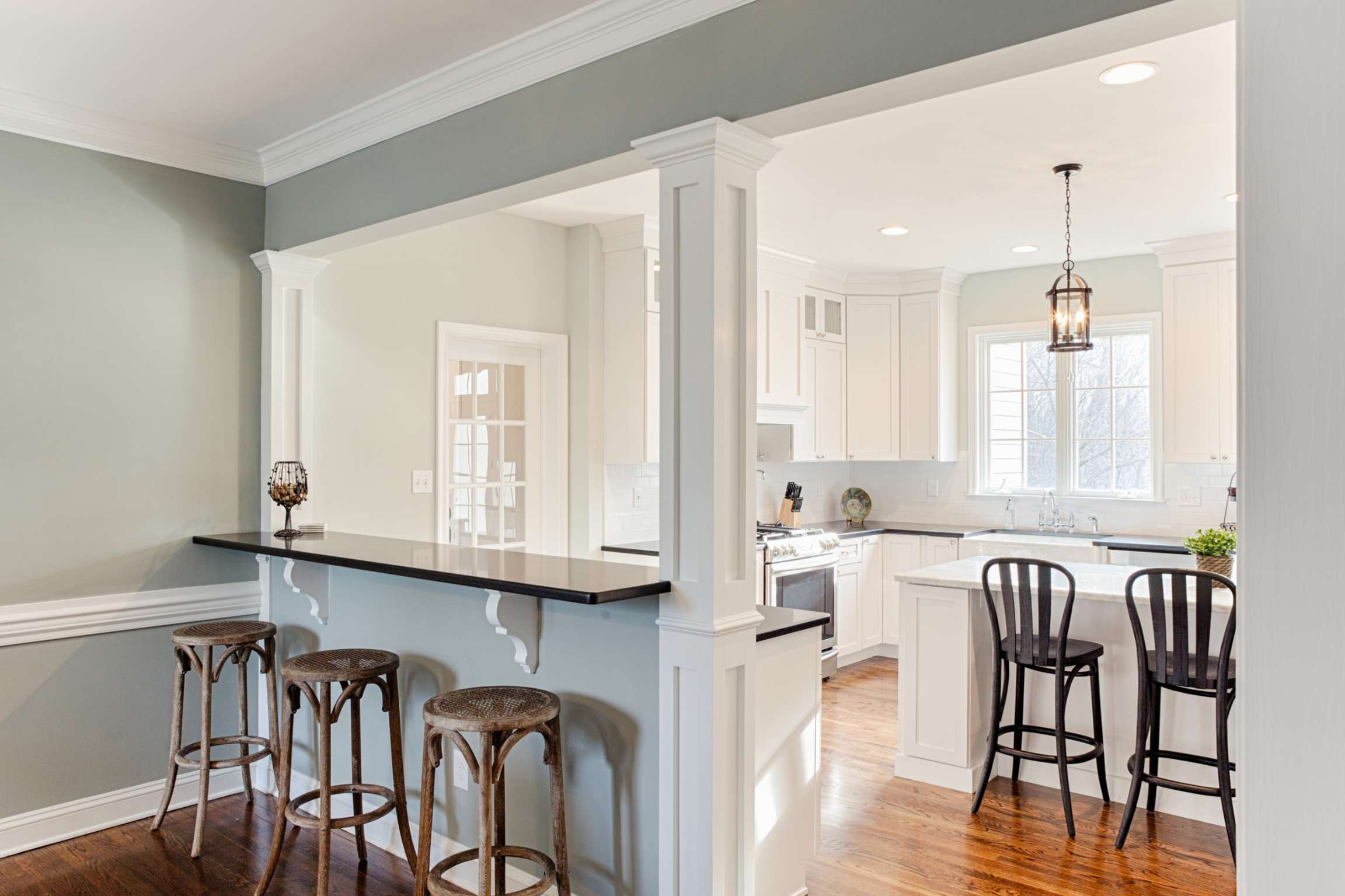
2. What materials are commonly used for pass-throughs?
The materials used will depend on your desired style. Popular options include wood, stone countertops, brick, and glass.
3. Can I add a pass-through to an existing wall?
Yes, depending on the wall structure. A qualified contractor can assess the feasibility and ensure proper structural support.
4. How much does it cost to create a kitchen pass-through?
The cost varies depending on the size, materials, and any necessary structural modifications. Consult with contractors for estimates.
5. Are there any drawbacks to consider with a pass-through?
Potential drawbacks include noise and cooking smells traveling from the kitchen to the dining room. Consider ventilation options to mitigate these concerns.
